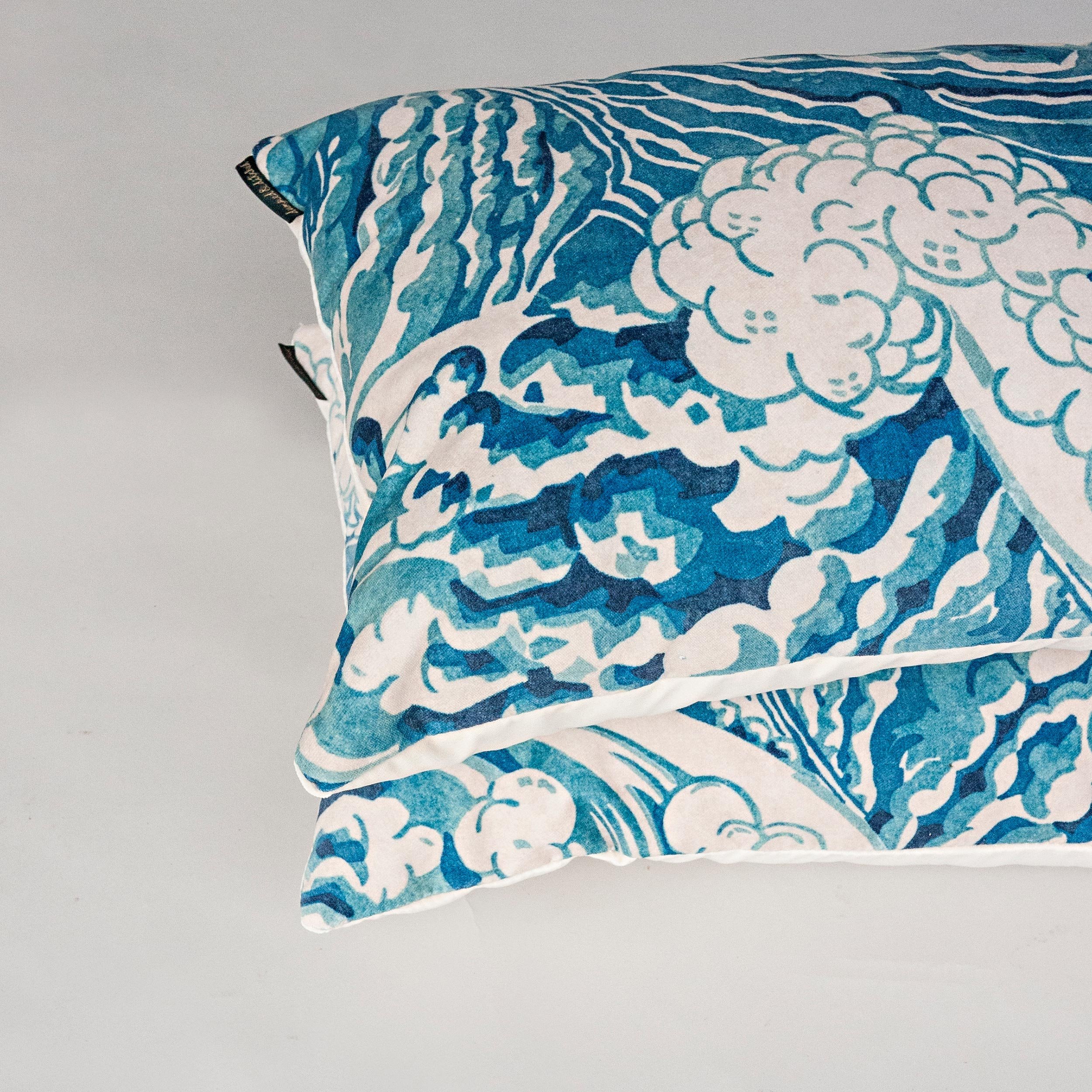De-constructing Fabric Certificates
Our last two blog posts have referred to information found on fabric certificates. This time, let’s break down exactly how to read them in relation to what we already know, and looking closer at the information on them that we have not yet covered. Understanding how all of these elements make up both quality, usage, as well as guiding price point is important. Not all textile manufacturers list all the performance attributes on their website but knowing what to look for in the first place, or what to ask about will help inform your decision.
We’re back to deploeg again for an example. Their fabric certificates are detailed and lists most of the information you want. However, not all the info listed is self-explanatory. What is pes trevira cs, you might ask, or what does BS 5852 0 +1 part 2 crib mean? You wouldn’t’ be alone. Let’s try to decipher it.
Performance attributes
COMPOSITION: This refers the type of fibres that make up the textile. There are an extensive list of abbreviations for fabrics, we found this handy list courtesy of James Dunlop Textiles.
TREVIRA: Trevira refers to a process where an organic phosphorus compound is added to the polyester polymer during manufacturing, which changes its chemical structure. The resulting fibres have a much lower melting point, and because the flame retardant is built into the fibres as opposed to an applied surface treatment, it is considered permanently flame retardant. The Trevira CS trademark is also important from an ecological and sustainable viewpoint. Trevira fibres are also certified to STANDARD 100 by OEKO-TEX®, producing very low levels of toxic fumes in the event of a fire.
LIGHTFASTNESS: Refers to the average hours of daylight hours fabric can be exposed to before showing signs of fading. According to Wikipedia; “The most well known scales measuring the lightfastness are the Blue Wool Scale, Grey scale and the scale defined by ASTM (American Standard Test Measure)”
The Blue Wool scale goes from 1-8, 1 meaning extensive fading and 8 meaning little to no fading at all. This table shows how the various measurements sit in relation to each other.
Outdoor furniture or furniture sitting in sunlit positions would need a higher lightfastness on upholstery textiles for best durability.
SHRINKAGE: The amount of shrinkage refers to how much the fabric is expected to shrink after washing. It is worth noting that upholstery, like clothing, textiles are not washed before they are sewn.
PILLING: Runs on a scale from 1-5, 5 meaning little to no pilling. Read more about fabric pilling here.
ABRASION: Refers to type of abrasion test, like the Martindale test. The number is the amount of ‘double rubs’ the fabric can be exposed to before showing signs of wear.
WYZENBEEK: The Wyzenbeek test is another abrasion test similar to the Martindale which also uses ‘double rubs’ as measurement, in sets of 5000. Less than 3000 is Delicate, 3000-9000 is Light Duty, 9000-15,000 is Medium Duty and Heavy Duty is 30,000+ double rubs. This test is the standard of measure in North-America. Unlike the Martindale, the Wyzenbeek only measures back and forth abrasion.
FLAME RESISTANCE: Alright, this one needs unpacking. In our deploeg example flame resistance was listed as: BS 5852 0 +1 part 2 crib, DIN 4102-B1. The abbreviations BS and DIN stands for British standards and German standards respectively and the tests they subject their textiles to. There are many and very different standards worldwide, a list of what they mean and where they come from can be found here: https://www.fr-one.com/en/standards
This example from James Dunlop fabrics lists AS 1530.3, which refers to Australian New Zealand standards for ignitability, flame propagation, heat and smoke release, and NFPA 260, Class 1 which refers to American standard test exposing material on a chair to a burning cigarette and CAL 117 which is also American and tests exposure to burning cigarettes.
STANDARD 100 by OEKO-TEX® is one of the most known labels for testing for harmful chemicals in textiles. You can read more on their standards of testing on their website: https://www.oeko-tex.com/en/our-standards and also check the validity of the OEKO-TEX® label by entering the number on the label in their search tab.
There are no doubt variations we might have missed this time but hopefully this sheds some light on what it all means.
If you’ve got this far and you’re feeling overwhelmed, we’ve got you covered. Textiles are such a huge part of what we do, and we understand the need for careful consideration when choosing. We also understand that it can all be a bit too much to work out which is why we have special fabric consultations. You tell us what you want and what you need, and we give you some beautiful, and practical, options.





